ANTHROPOLOGY
Photos and a video, originally shot on Super-8, resulting from an accomplished motion study on a Kwarup ritual of the Kamaiurá tribe in Upper Xingú, in the State of Tocantins, at that time State of Goiás, in 1975. The photos were taken by Analivia Cordeiro and Silvio Mendes Zancheti. Later they were processed and edited by Analivia.
The photos recorded people in movement, not posing, with the intent of understanding the body in motion. The recorded scenes are of everyday life of the tribe as well as all stages of this ritual: the destruction of Apenap, burial of the dead to be honored, cutting a Kwarup tree trunk, using the root of timbó for fi shing, painting Kwarup to-tems representing the dead to be honored, only recorded on video, the presentation of the girl, the Kwarup to the Uruá flute dances.
Six months of research, brought an interesting result: the impression of Indigenous People Kamaiurá photo images on dry leaves or logs, simutaneously showing the photo image, the structure of the leaf and the texture of trunks of wood. The fi nish on the image is natural material, without civilization interference. Printing and setting image using technological resources.
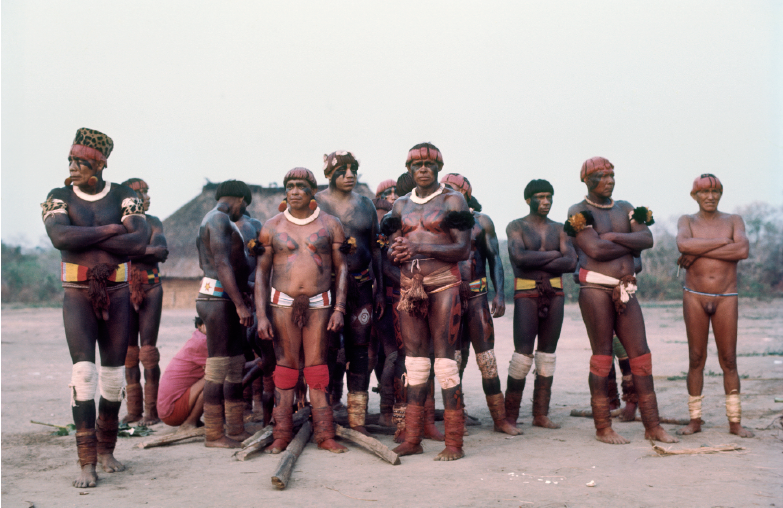
Warming our backs in the morning – It’s cold in the morning men start a fire in the center of the village to warm their backs.
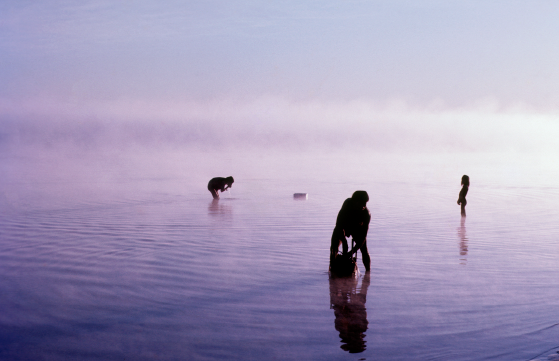
Mornings at the lake – They wash themselves in the morning and take water home.
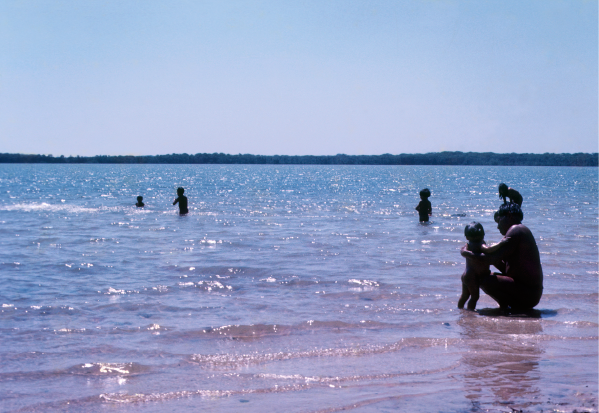
Afternoon at the lake – Children bathing in afternoon.
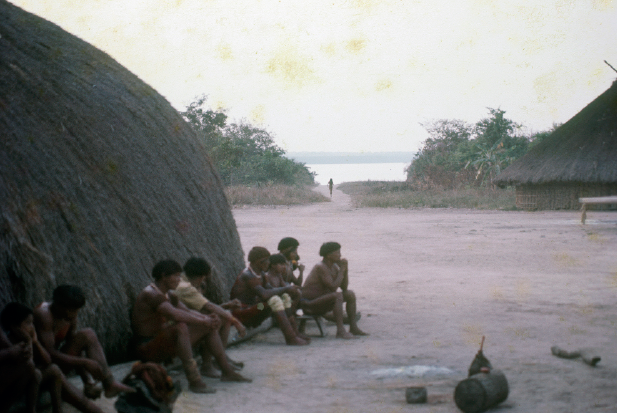
Resting in the afternoon – Men usually rest outdoors its dwellings which is in the center of the village. Beyond we can see someone walking towards the lake, which supplies water for the tribe.
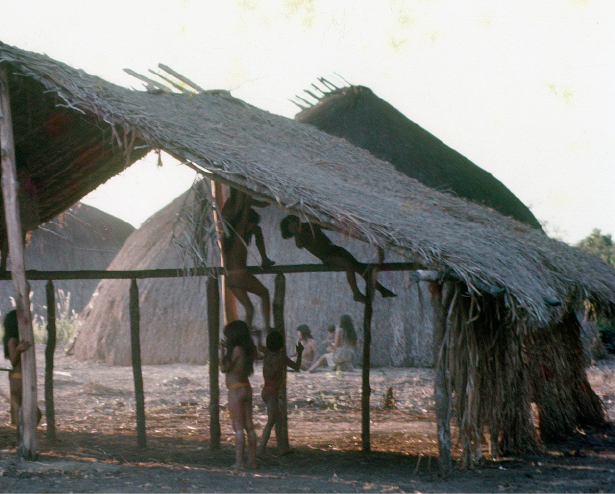
Playing – Children always seem happy, continuously playing , they are treated with affection , respect and attention.
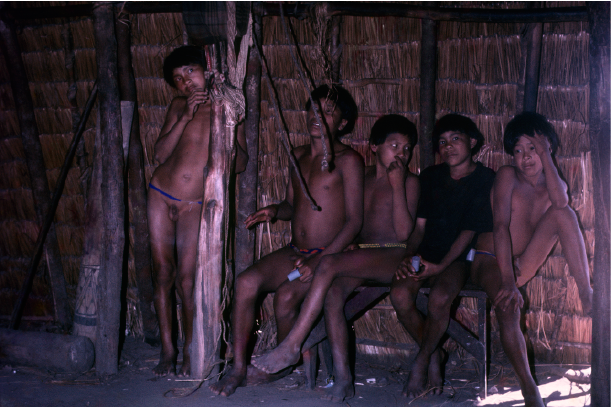
Boys in their dwellings – During days of festivities when women should stay at home, boys cook.
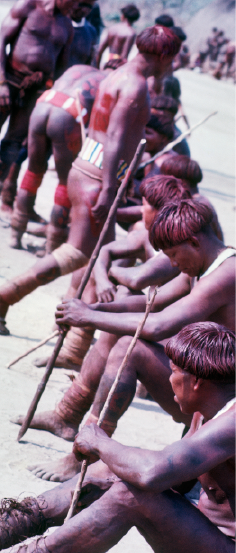
Rest
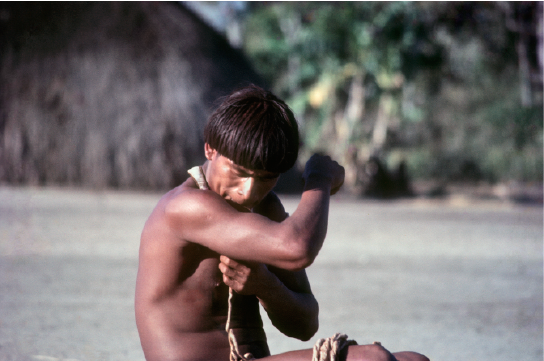
Placing the clamp – This clamp is a wide cotton string which is made in the village. This string is tightly woven around the arm.
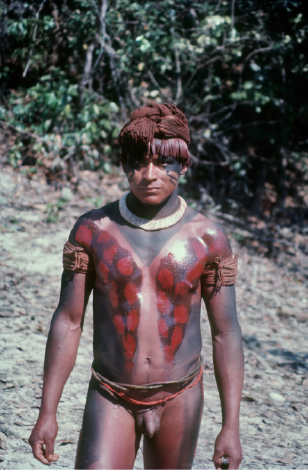
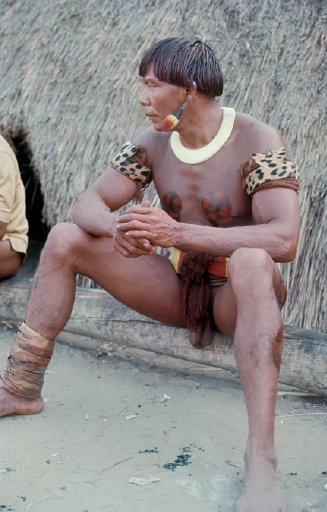
Tacumã II – The tribe’s Chief.
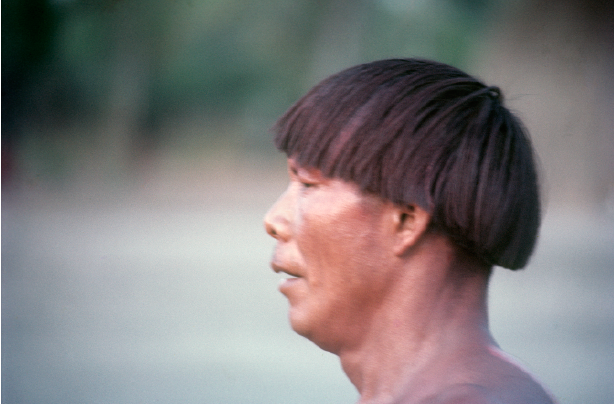
Tacumã – The tribe’s Chief.
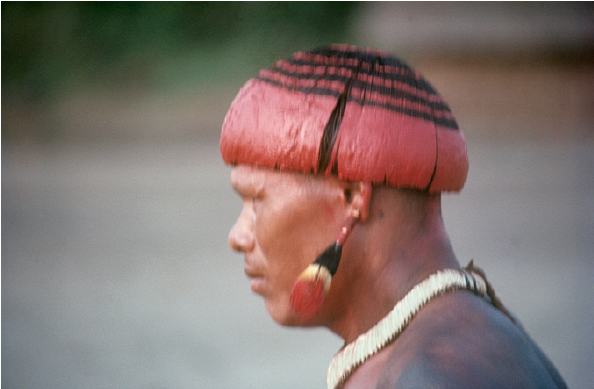
Face side view I
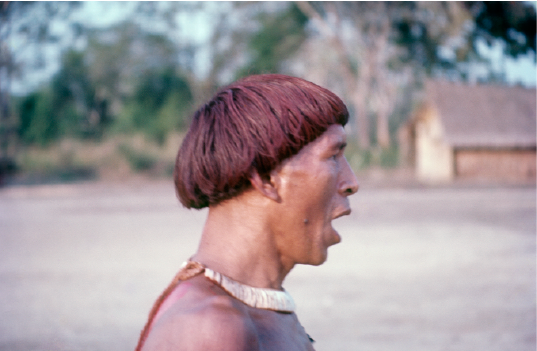
Face side view II
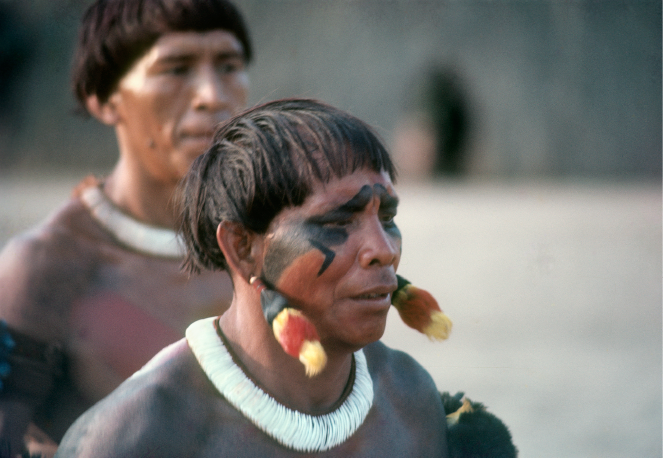
Face – Every afternoon during Kwarup cycle men adorn themselves to participate in the Kwarup dance.
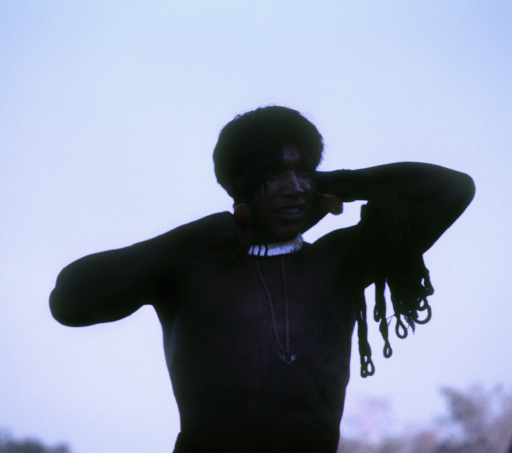
The most handsome man of the tribe II
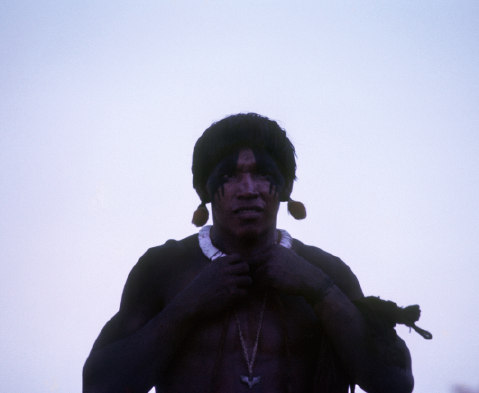
The most handsome man of the tribe I
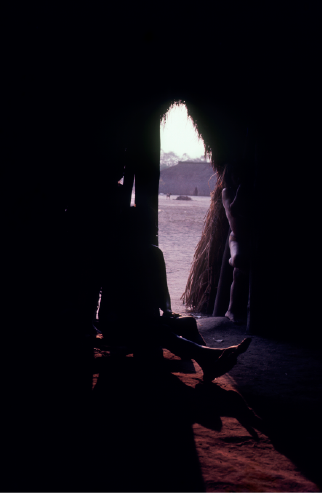
Dwelling – A woman is resting inside her dwelling
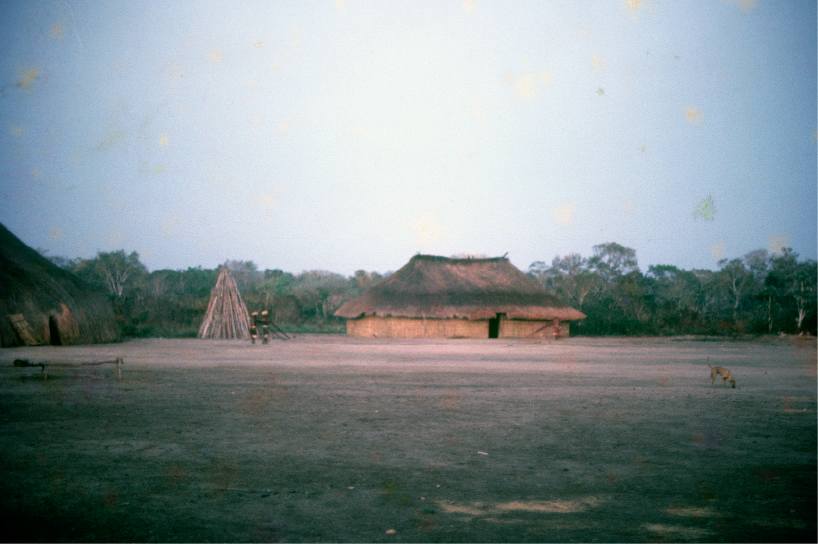
Dance of Urua Flute IV – In this village we have a single house with mud walls, whose technique was learned with the “white men”. On the left side we can see a cone of branches that is the hawk’s cage, sacred to them.
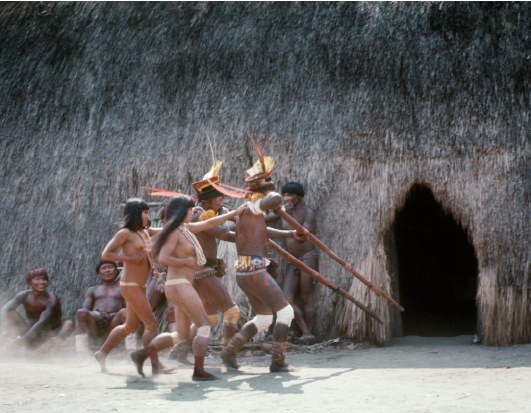
Dance of Urua Flute I – During the Kwarup Cycle, which lasts approximately six months, the dance of the Flute Urua is performed daily
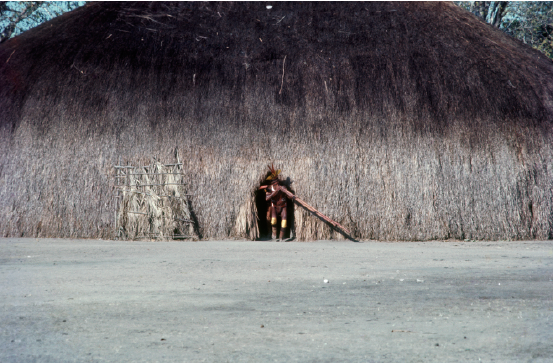
Dance of Urua Flute II – During the dance they enter inside all the dwellings of the tribe
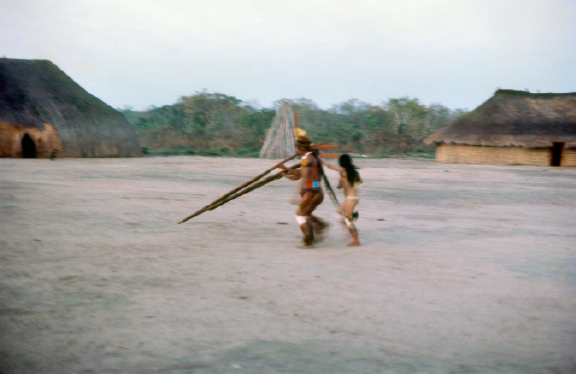
Dance of Urua Flute III – The confined girl that stayed in her dwelling during one year to learn what one needs to know so as to become a woman. She can now go out to dance behind the flute player.
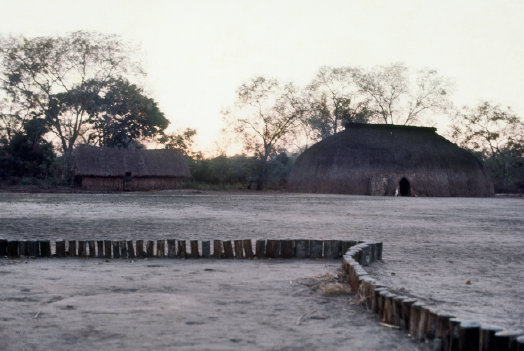
Apenap – Apenap is a low enclosure fenced in by tree trunks. That traces the space which is where their revered dead are buried at the center of village under the enclosure.
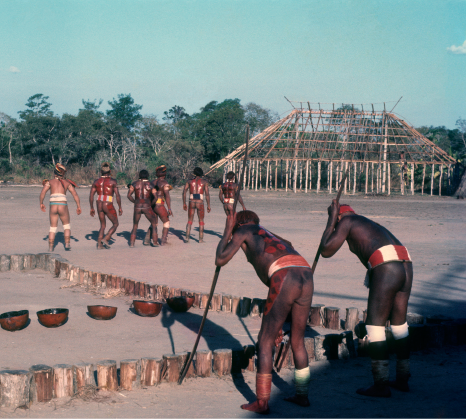
Players of Maraca in the apenap – Every day the maraca players perform during the dance of the Kwarup. They are considered special, therefore they receive food in bowls placed at the center of the apenap as payment.
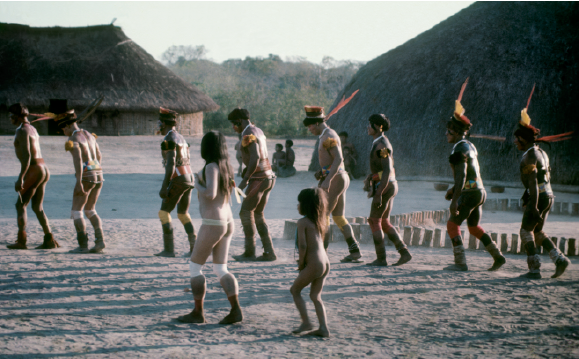
Girl at the Kwarup Dance –During the Kwarup dance the girl that was a recluse dances with a younger girl that is learning the correct steps.
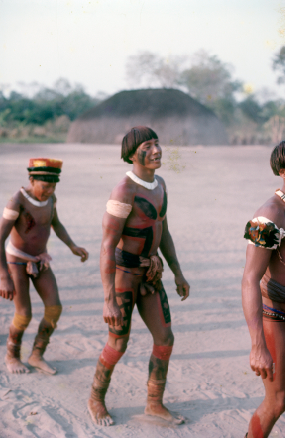
Kwarup dance I
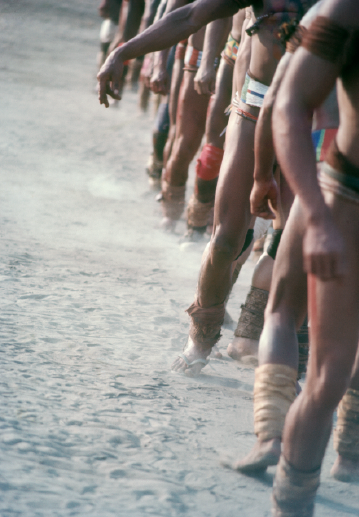
Kwarup dance II
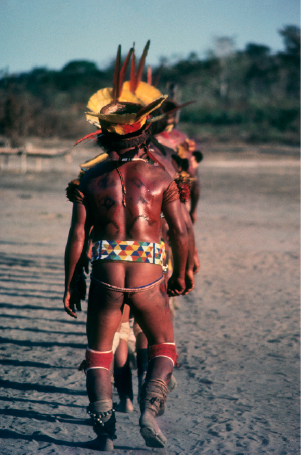
Kwarup dance III
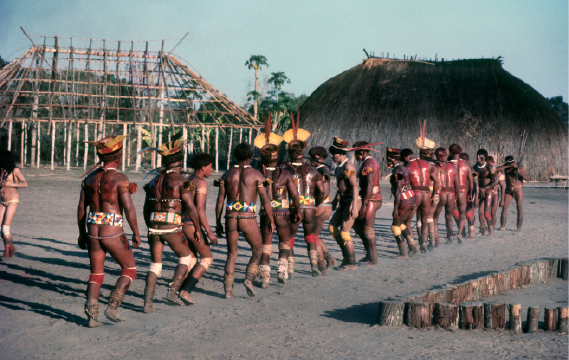
Kwarup dance IV
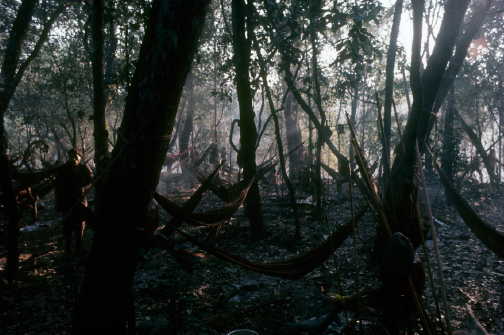
Fishermen’s Camp II –The camping area is near the dry arm of the river. To arrive there we travelled for two hours by canoe and walked three hours through the jungle.
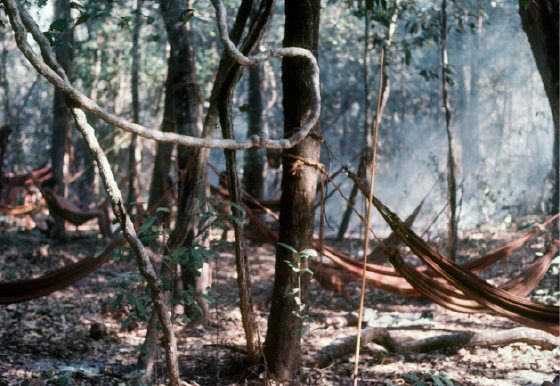
Fishermen’s Camp VII
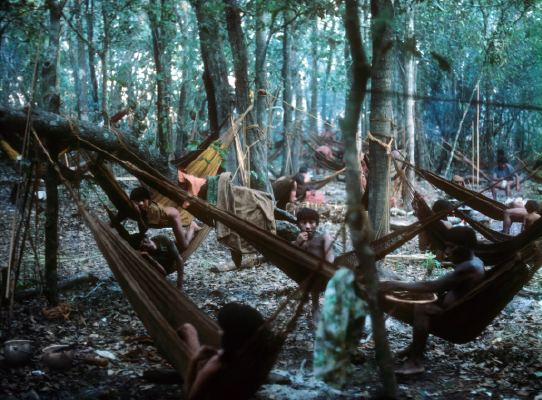
Fishermen’s Camp VI
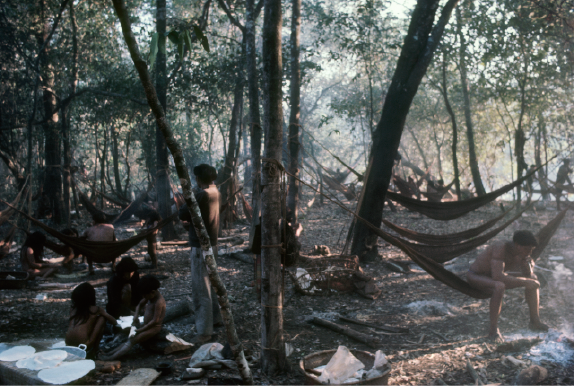
Fishermen’s Camp IV –At the corner of the photo we can see the bijus, which are prepared every morning, these being their main repast.
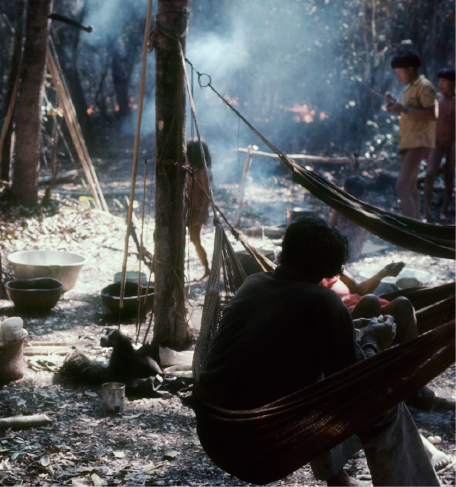
Fishermen’s Camp V – During the 5 days we stayed at the camp we slept under the sky in hammocks.
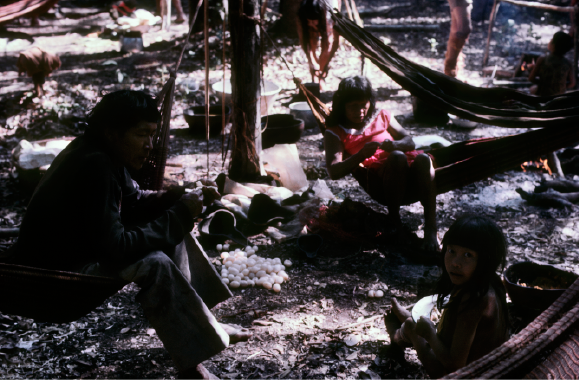
Fishermen’s Camp III – During our camping days we could see turtle eggs which is one of our staples here in the jungle.
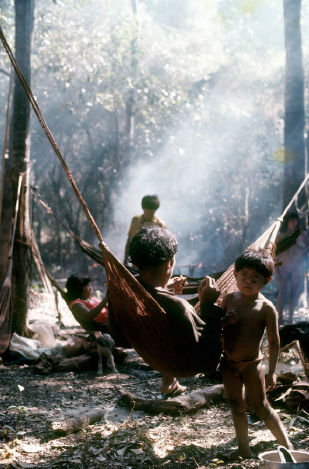
Fishermen’s Camp I
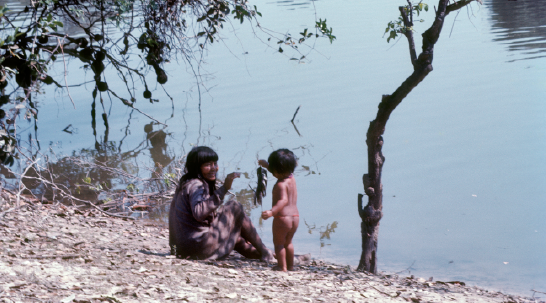
Mother and daughter at fishing
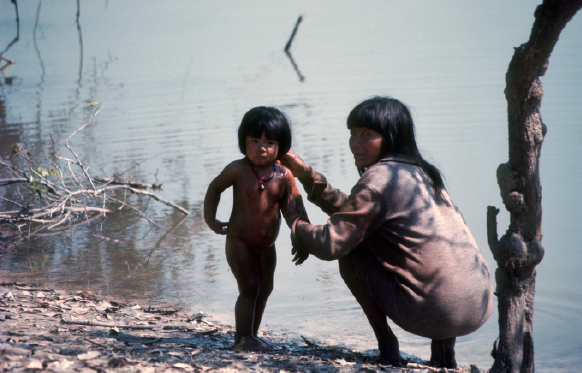
Mother and daughter
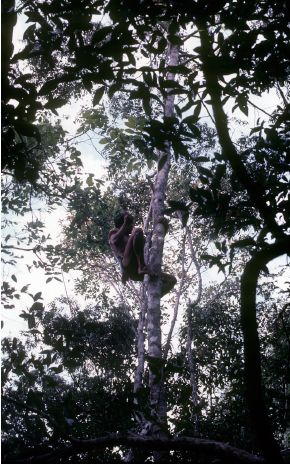
Peeling tree – To prepare the fishing nets they peel the trees.
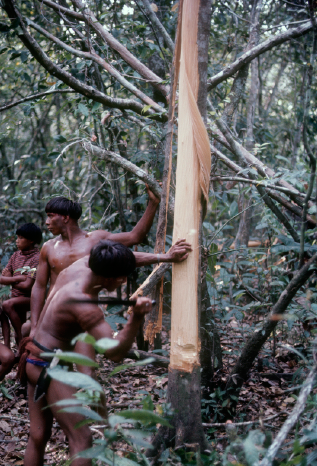
Descascando a árvore II – The bark is removed. The trunk of the tree without its bark.
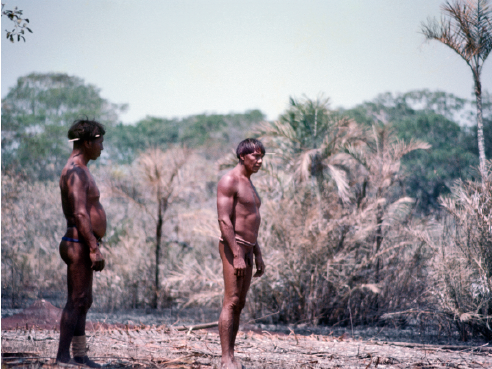
Tacumã and another – Tacumã, the tribe chief, inspects the group work.
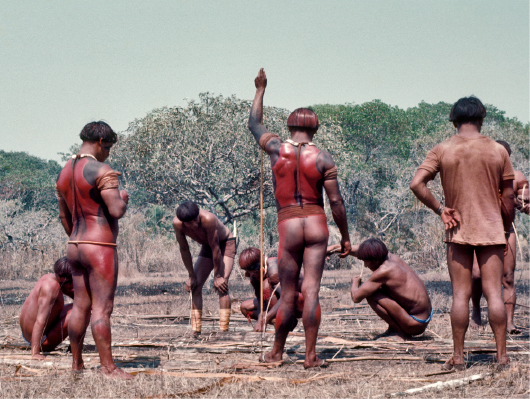
Making the net to fish III – Many men participate in this task.
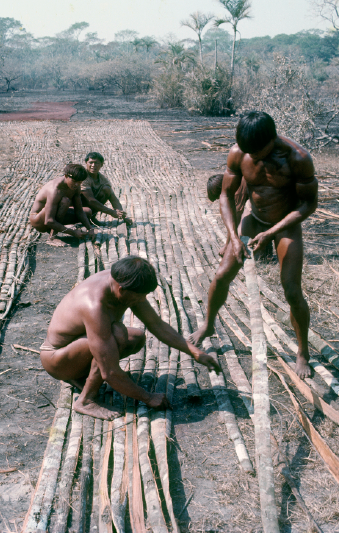
Making the net to fish I – The barks of the tree are braided by the lianas to make the net.
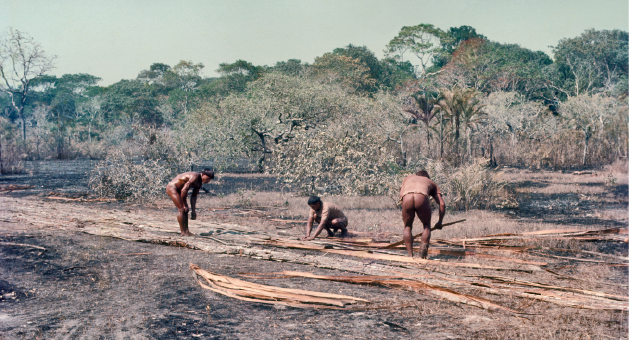
Making the net to fish II – The three nets from the bark of the trees are very long, and take up quite a large amount of space.
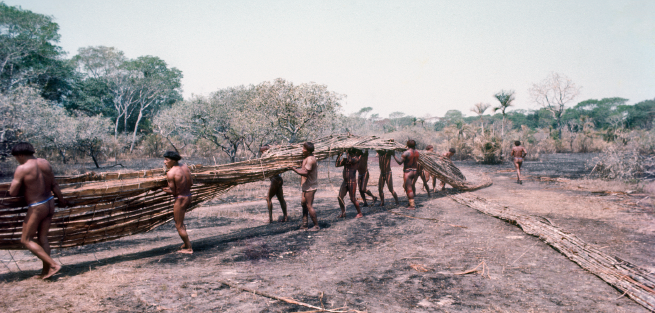
Casting the net into the river III – So as to cover the whole width of the river three nets are cast to the river.
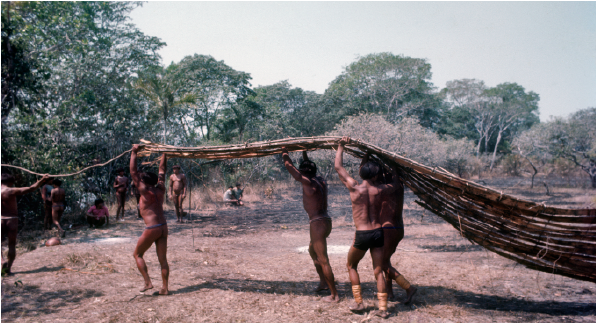
Casting the net into the river I – The nets are cast to the river, while everyone is happily shouting and screaming
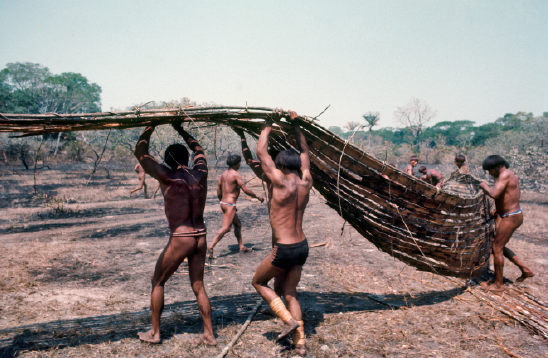
Casting the net into the river II
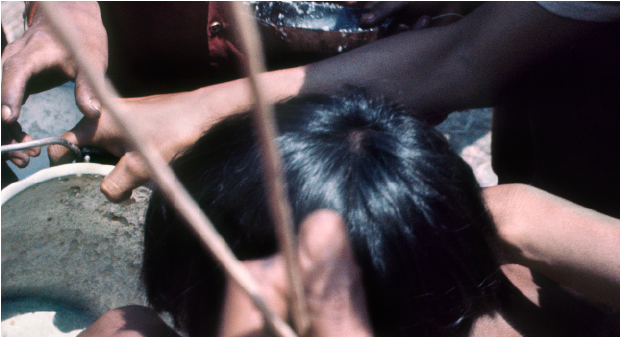
Seizing the offering – For good luck for the fishermen everyone prays. For good luck they also take porridge biju in a bowl as they run throwing it on the nets.
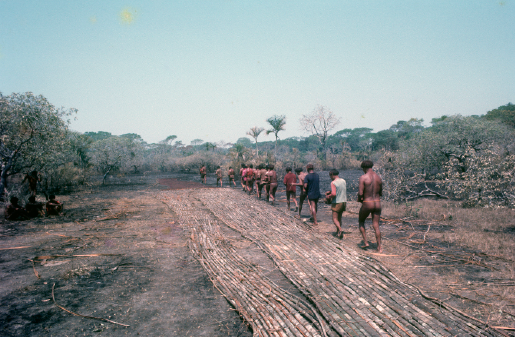
Good Luck Ritual for fishing –After the nets are cast into the river they all participate in pray so as to wish good luck for a bountiful catch.
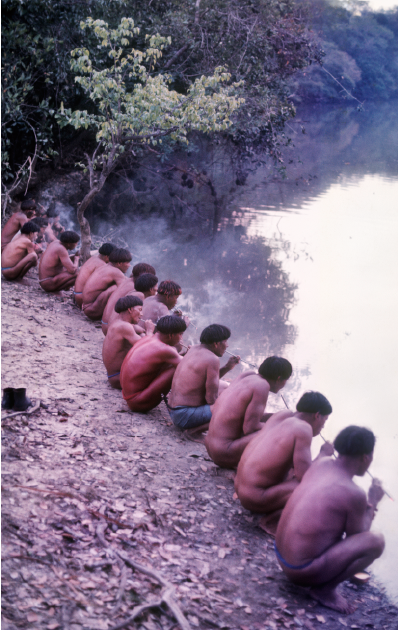
Praying during fishing time I –After casting the nets into the water, they join in collective pray for good luck. Later on, the spiritual Chiefs gather at sundown to smoke and to place offerings to the center of the river.
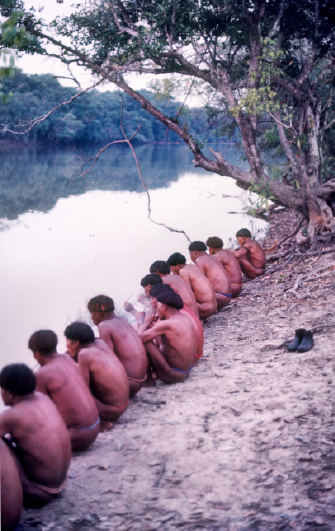
Praying during fishing time II
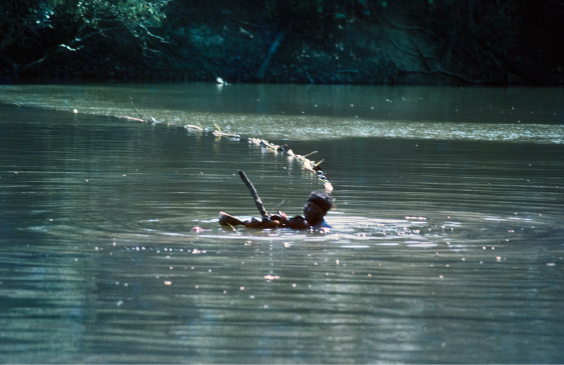
Retrieving the offering – Very early in the morning, before the nets are cast, a boy retrieves the offering placed the day before by the spiritual Chiefs of the tribe
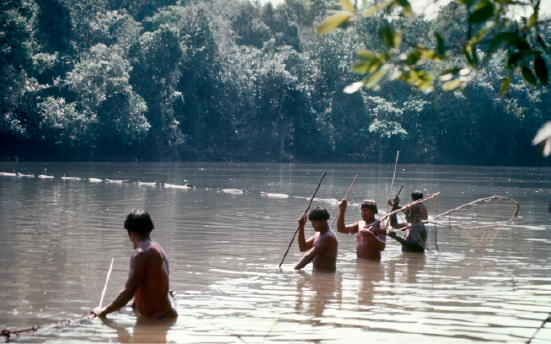
Pulling the nets I – During the whole day, men pull the nets towards the dry arm of the river. Kwarup ritual occurs during the regions dry season.
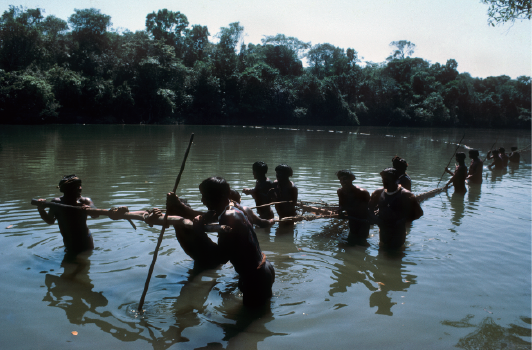
Pulling the nets III – Pulling the nets towards the dry arm of the river.
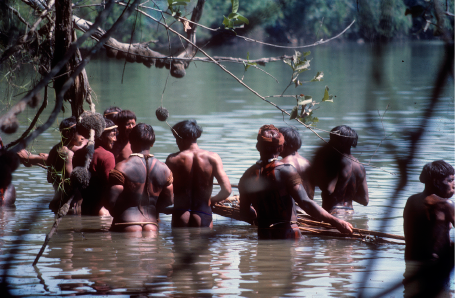
Pulling the net II – For the net to be in the vertical position in water, a tree trunk is placed on one side (the trunk sinks) and a light bamboo on the other side of the net, which floats.
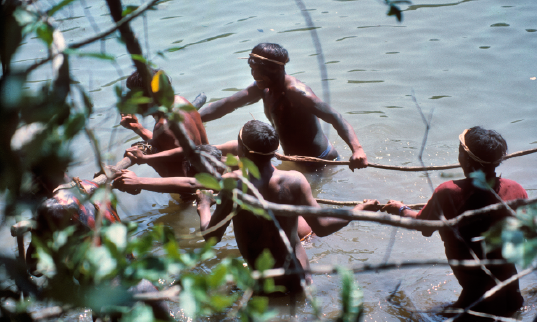
Pulling the net V
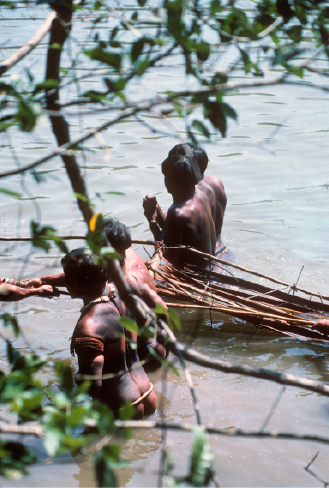
Pulling the net VI
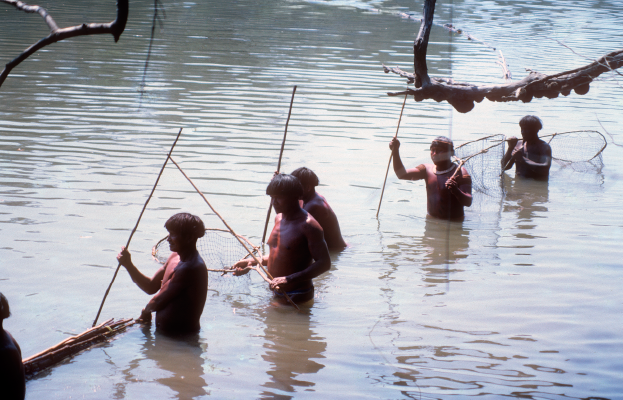
Pulling the net IV
.
.
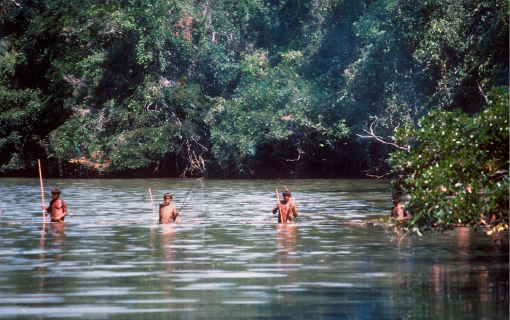
Fishing I – When they arrive at the dry arm of the river they pause and wait.
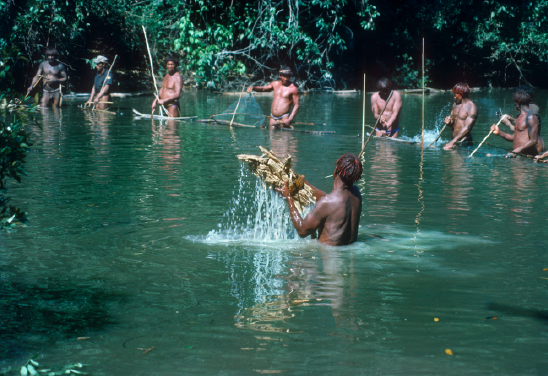
Pounding the root of timbó in the water – The spiritual Chief immerses the root of the timbó in the water to anesthetize the fish, which then surfaces and is captured.
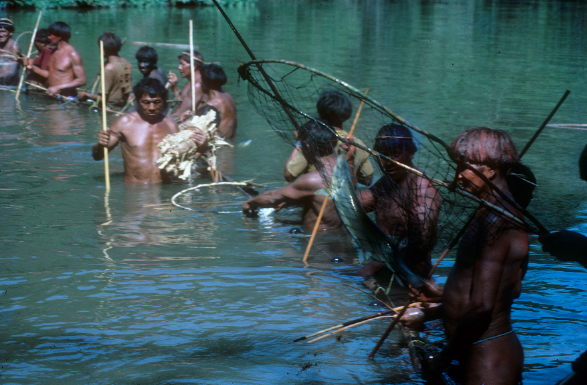
Leaving the water with the root of timbó – After plunging the root of timbó in the water, they remove it and await its results.
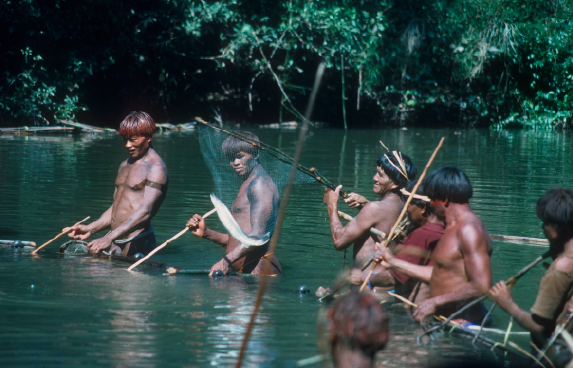
Fishing III
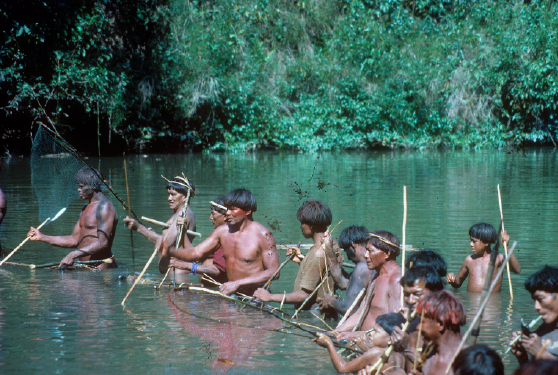
Fishing II
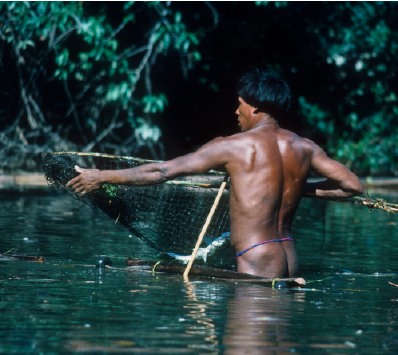
Fishing V – Fish can also be captured with a harpoon.
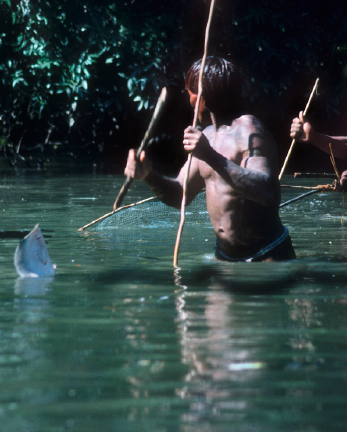
Fishing IV – The harpoon is used to fish and the stick to kill the fish.
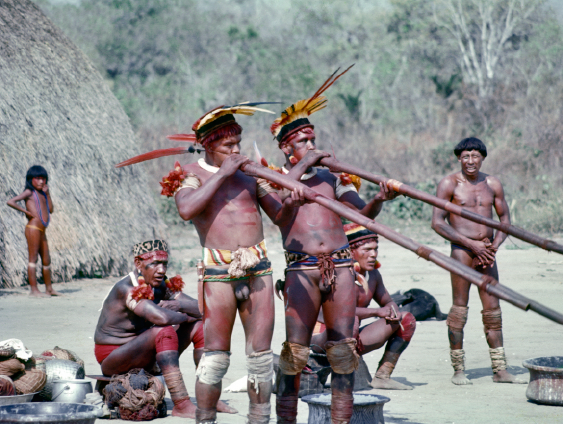
Playing the Urua Flute –An invited tribe at the Kwarup festivities, which is celebrated on the last day of the Ritual of the Kwarup, with his Chief sitting surrounded by his travel utensils such as his pots and pans.
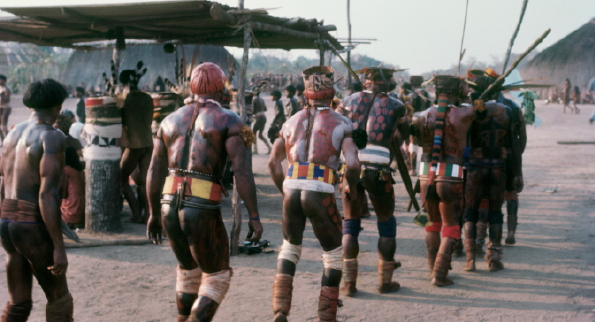
Ho’At Dance – Guests dance the Ho’At Dance during the Kwarup festivities
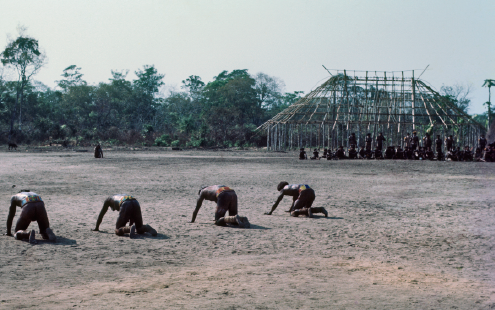
Presentation of the Huka Huka wrestlers – During Kwarup festivities, one of the main moments is the competition of the Huka-Huka wrestling.
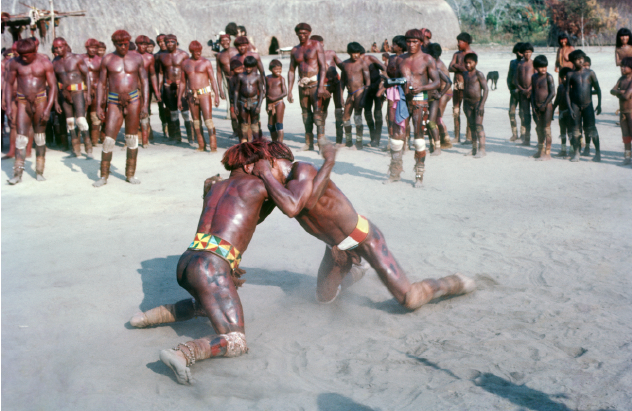
Wrestling Huka-Huka I – During huka huka wrestling the opponents have to throw each other off balance without losing body contact.
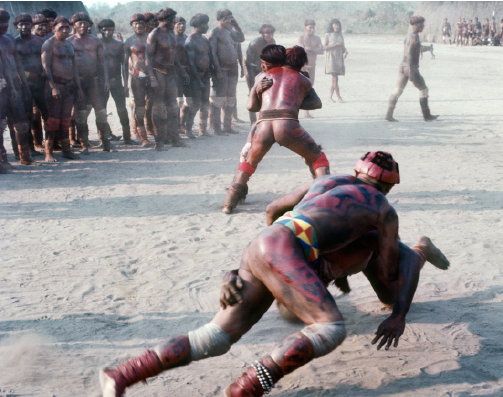
Wrestling Huka-Huka II – To hold on to the thigh of the opponent is a sure hit to win the wrestling i.e. to throw him off balance.
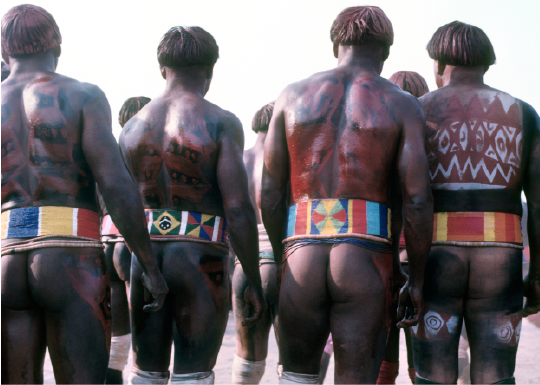
Huka-Huka audience – Men are the audience of the wrestling match during the Kwarup celebrations.
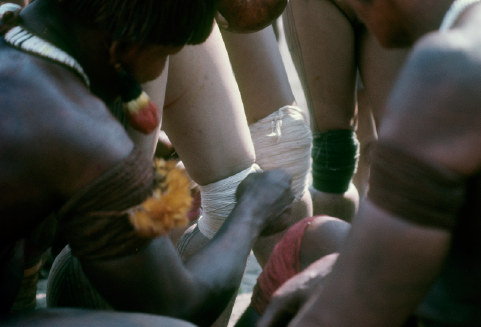
Removing the confined girls knee bandage – The last happening of the cycle of the Kwarup is the presentation of the confined girl. For this, one removes the knee bandage that compresses the calf enlarging it. For the Kaimaiura, it is a sign of great beauty.
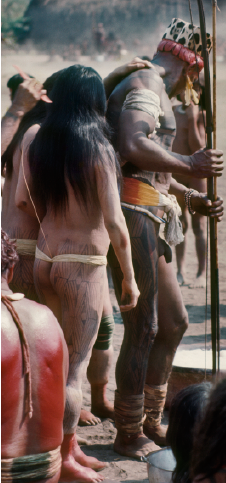
Combing the confined girls hair – After being combed, the chief presents the girls to the guest tribes This means that she is ready to marry and have children. This is how the cycle of life reaches a full circle, celebrating the Cycle of Kwarup : after death a new life is born : rebirth
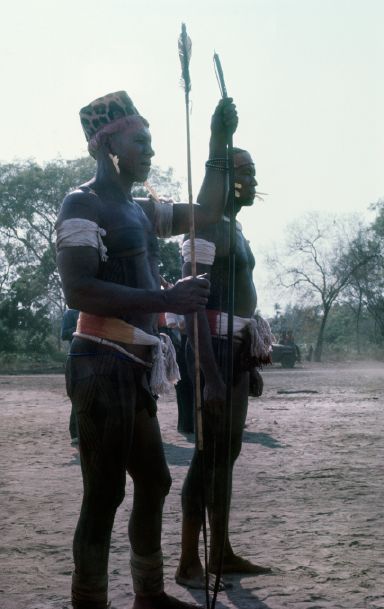
Ialapiti tribe chief
.
.
